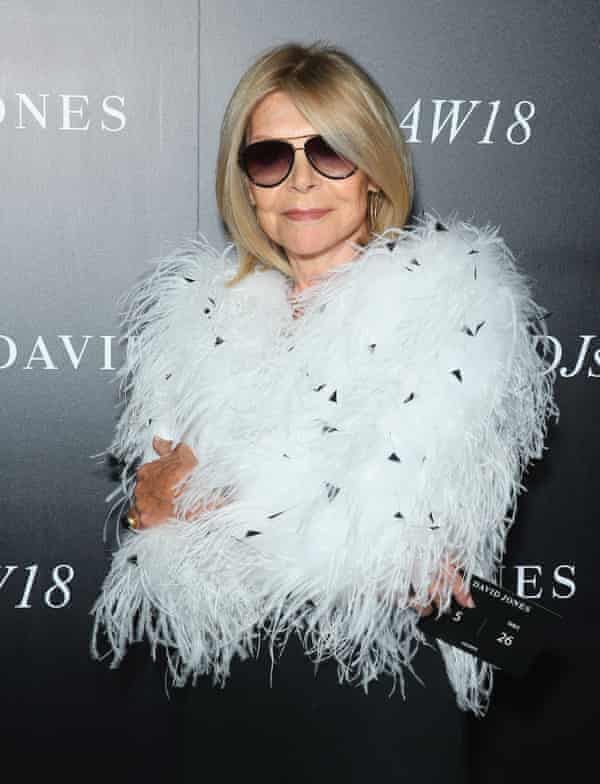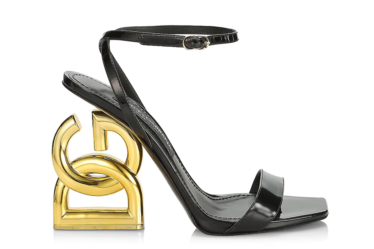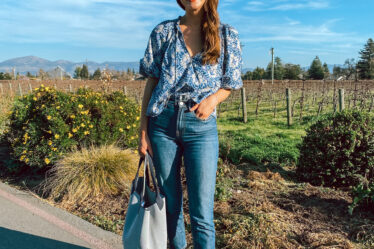
Images and Article from www.theguardian.com.
Museums don’t typically employ crowdsourcing to assemble their exhibitions, but when it came to curating a Carla Zampatti show, Lisa Havilah knew it was the answer.
“There was a gap in Carla’s archives when we began sourcing garments from the 60s, 70s and 80s, so we decided to reach out to women across Australia to find work from her early collections,” says Havilah, the chief executive of Sydney’s Powerhouse Museum.
Born in Italy, Carla Zampatti was a unique figure in Australian fashion. In a turbulent industry, the designer built an empire over more than half a century, before her death in 2021. The Powerhouse exhibition will be the first major retrospective of her work globally.
More than 60 garments from the Zampatti archive and other collections will be on show, along with up to 40 garments and objects selected from public submissions.
“Carla’s pieces have been significant in the lives of so many women, often passed down from generation to generation, so we decided to invite people who have loved and collected them to see their garments in the exhibition,” Havilah says.
Rare jumpsuits and evening wear from the 1960s and 70s are among the items the Powerhouse is seeking, along with Zampatti-designed Ford Laser cars and “Carla” perfume, key rings and scarves.
“I’ve already had so many women reach out to me on Instagram and direct message me about contributing,” says Powerhouse trustee Kellie Hush, who was a close friend of the designer. “One woman in the southern highlands said she had a massive collection, another woman sent me a picture of her in her wedding dress from the 80s and someone else has reached out with a bikini.”
People wishing to submit garments are asked to do so by email, including images and details of the pieces such as their location, general condition and any personal stories attached to them.
“Our curator will assess the work, then if a piece is accepted, we will cover all the costs of transport and treat it as the very precious object it is,” Havilah says.
“We will also invite people to include a story about what it’s meant to them … and we hope to expand our own Carla Zampatti collection through acquiring some garments as well.”
Havilah began developing the exhibition with Zampatti in 2019, after she was appointed as the chief executive of the Powerhouse.
“We started talking about what work was available from her own collection, but we also talked about telling her broader story in the community,” she says. “Carla cared so much about cultural diversity and the role of the arts in our lives, and she was an active philanthropist and businesswoman.”
Since the designer’s death, the Powerhouse has been working closely with her family and fashion business on the show.
Sign up to receive Guardian Australia’s weekend culture and lifestyle email
Private life, professional life and public life are among the themes to be explored, with interviews with the designer, her clients, friends, family, employees and business associates to feature throughout.
“Mum loved the magic of fashion, the big runway shows, as well as hearing her customers’ personal stories,” says her son and the Carla Zampatti brand CEO, Alexander Schuman. “Her designs often played a small part in moments of significance in their lives.”
Article shared from www.theguardian.com



